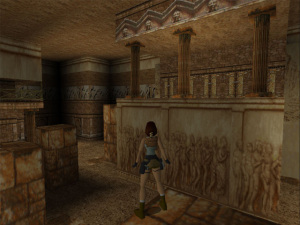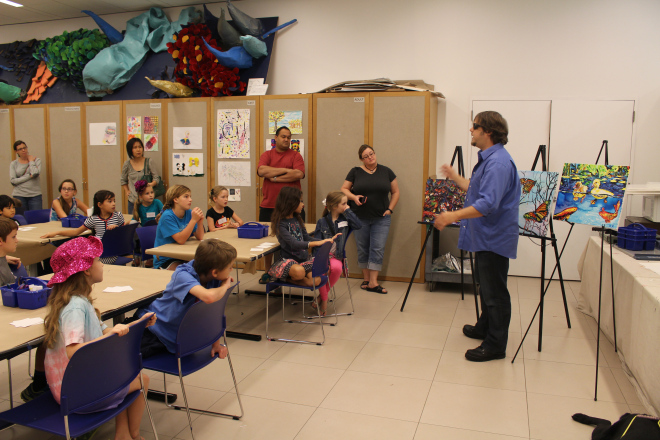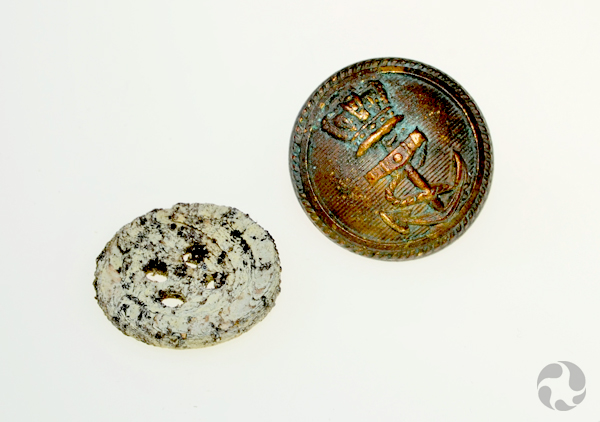When I type “Museums are…” into Google, some of the suggested searches are:
- Literally mind-expanding
- the new churches
- Boring
Personal opinions aside about these suggestions, one emotion regarding museums that I did not encounter in my Google search was fear. Yet, I believe a sense of anxiety or even dread about a museum or gallery visit is relatively common.
I began thinking about this on a recent family vacation to Texas over the holiday season. My partner and I were eager to visit the San Antonio Museum of Art (SAMA), one of the most highly-regarded museums in the state. The rest of our family was less keen on visiting the site, so we compromised by planning to visit on one of SAMA’s free Sunday mornings. As the date of the museum visit drew closer, some members of our group started expressing increasing doubts and concerns about visiting an art museum. Despite my reassurances to the contrary, they were worried they didn’t have enough education about art history; that they would do something wrong; that they wouldn’t understand or appreciate what they were viewing; that their personal beliefs would be challenged or offended; that they would feel inadequate and out of place. I began to realize that their reluctance to visit wasn’t based on time, cost, or lack of interest, but rather deeply-held anxieties about who belongs in a museum.

SAMA’s location inside a former historic brewery makes for a wonderful, if somewhat imposing, facility.
Of course, once we entered the museum, the entire family quickly realized there was no reason to be anxious, and settled in to enjoy SAMA’s excellent Asian, Latin American, and U.S. collections.
Although my observations are purely anecdotal, I would venture that these anxieties, though often unvoiced (and un-Googled), are quite common. Art museums and galleries in particular, I think, still have a lot of work to do to shake off the old stereotypes of elitism and obfuscation. Historic sites such as palaces, temples, and ruins seem to be viewed as more open and accessible. Perhaps this is because people don’t feel they need advanced training or knowledge in order to appreciate the vastness of Palatine Hill, the opulence of the Taj Mahal, or the drama of The Alamo. Of course, one doesn’t need a specialized background to enjoy an artifact or art piece either; yet the perception that this is a requirement in museums and galleries persists regardless.
Ultimately, this is the fault of the arts and heritage industry rather than the public at large. If a world-class museum such as SAMA can be perceived as potentially distressing for a family of white, middle-class, English-speaking, cisgender, university-educated North Americans (groups towards whom museums have traditionally catered), how could such places possibly seem inclusive to those from minority or marginalized communities?
This is not a criticism of SAMA or any other museum or gallery in particular. Rather, this is a call for museum professionals and museum lovers to recognize the influence of “museum anxiety” and how it impacts visitor demographics and the engagement of new audiences. The industry as a whole needs to continue working towards changing public perceptions and making museums true community spaces.
Do you know someone who is uncomfortable visiting museums? Please share your experience!






 Artifact NgLj-2:358, the head of a toothbrush made of animal bone. The holes would have once anchored boar-hair bristles. This object and all the others shown here were found in 1992 at a site on King William Island, Nunavut. Several crew members took shelter at this site, at least 11 of whom also perished there. Image: Scott Rufolo © Canadian Museum of Nature
Artifact NgLj-2:358, the head of a toothbrush made of animal bone. The holes would have once anchored boar-hair bristles. This object and all the others shown here were found in 1992 at a site on King William Island, Nunavut. Several crew members took shelter at this site, at least 11 of whom also perished there. Image: Scott Rufolo © Canadian Museum of Nature  Two…
Two…